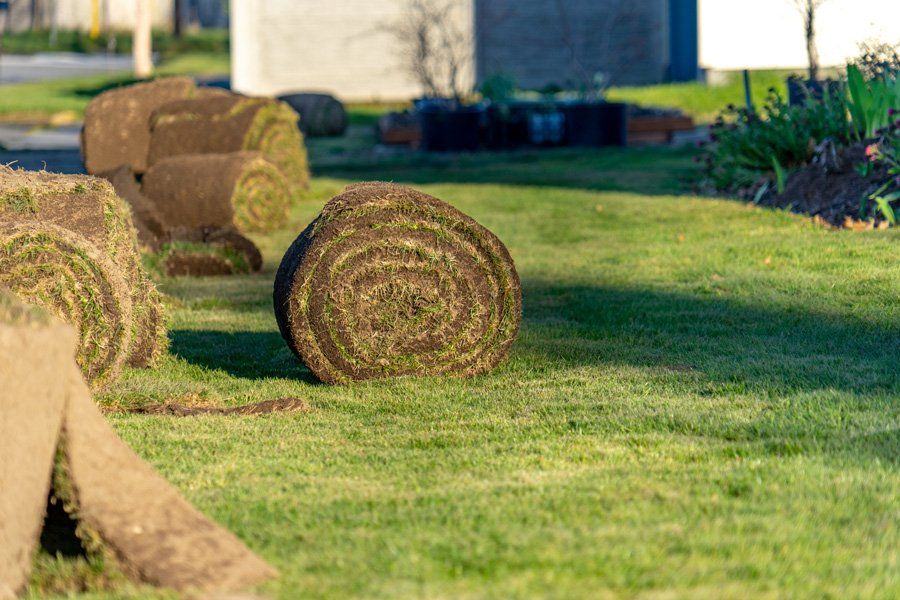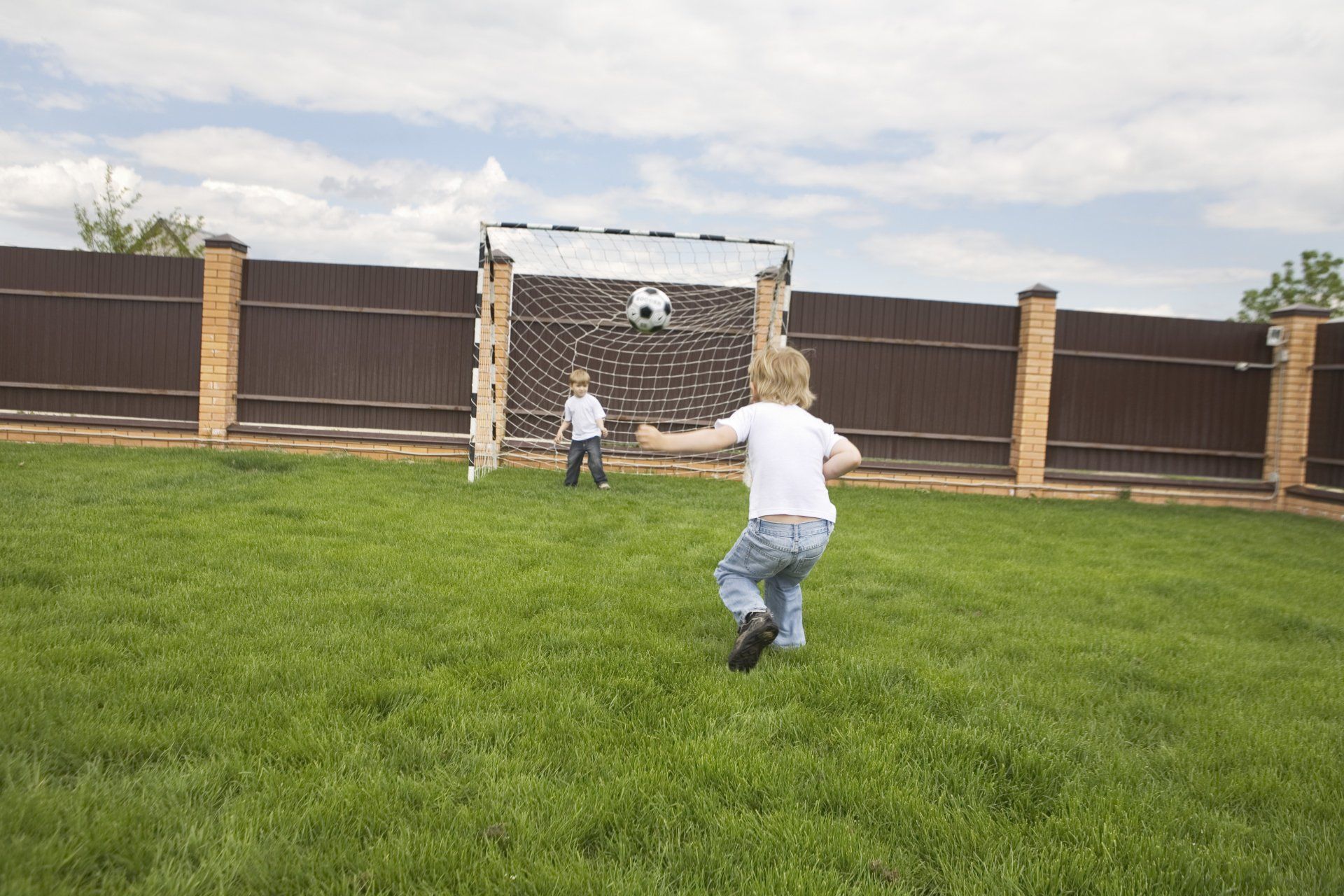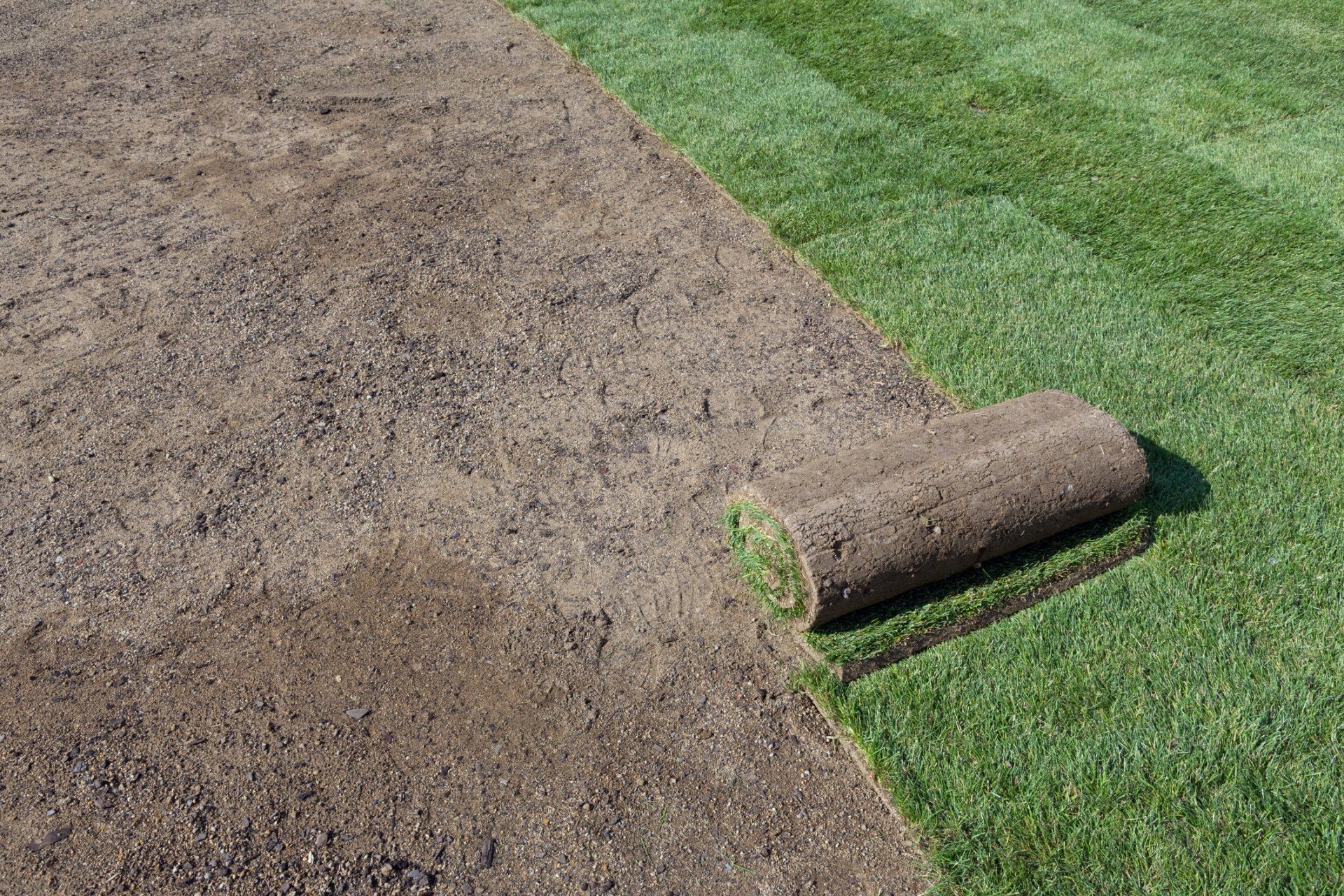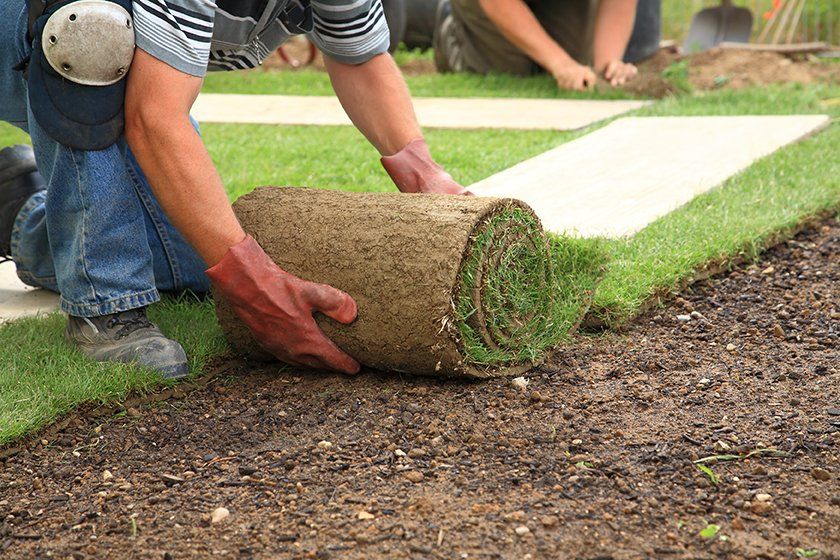IS ZOYSIA A GOOD CHOICE FOR YOUR HOME?
- By Admin
- •
- 13 Dec, 2017
- •
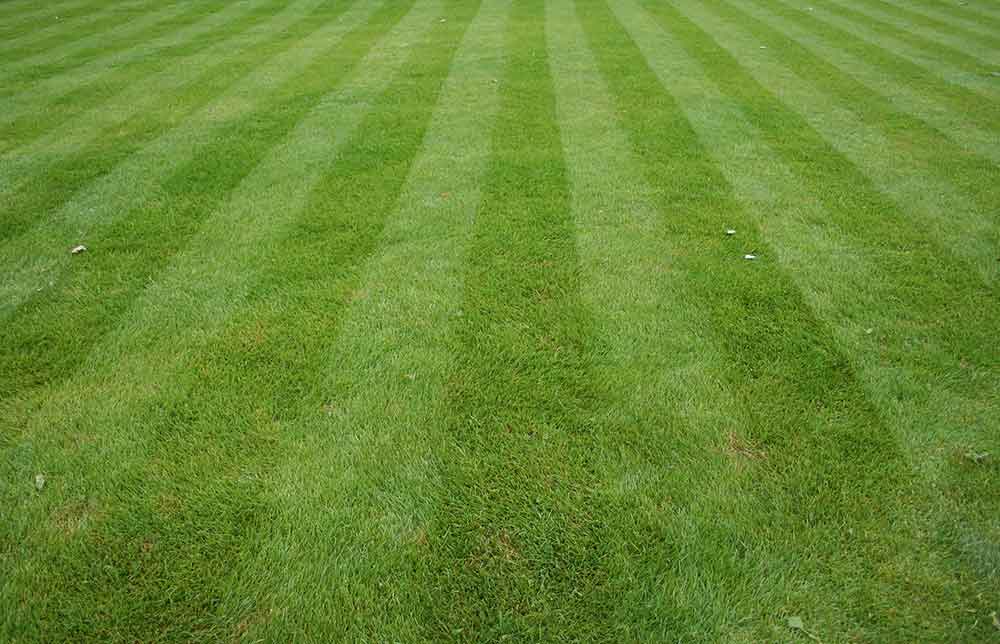
Zoysia grass is a popular choice throughout the southern United States. It has several positive aspects that make it a good choice for a wide range of uses. Zoysia works well for many people, but it does have some unexpected characteristics that may make it less suitable in certain situations. Here are some pros and cons of installing Zoysia grass sod in your yard.
Pros
Zoysia has many features that most landscapers and homeowners will find easy and convenient. These features also mean less work and effort to keep your lawn looking good.
Weed Resistance
This type of grass grows very thick and crowds out many species of weeds - making it difficult for weeds to seed and take hold. Regular mowing will encourage this type of grass to maintain its protective density.
Insect Resistance
While it is not resistant to every insect, Zoysia holds up well against many different kinds of pests and diseases. For example, most Zoysia species are generally resistant to chinch bugs and sod worms. However, other types of pests can be remedied with proper maintenance and cultivation.
Less Watering
Zoysia requires less watering while in the North Carolina climate - unless there is an extended period of dryness in the area. For most people, watering about once a week is more than sufficient. You may wish to water more frequently when the grass is dormant or if you have certain types of sandy soil.
Less Fertilizer
Depending on the type of soil you have, you may not need as much fertilizer as other types of grass. Zoysia does not require a large amount of nitrogen to stay healthy. It's important that you have your soil checked to make sure your grass is getting the right amount of nutrients.
Soft Texture
Because it grows so thick, this grass has a soft, plush texture that feels good on the feet. Its thick growth means it holds up well to heavy use and is less likely to develop bare patches.
Cons
While Zoysia is ideal for most people and most applications, there are a few things you should be aware of if you want to plant it.
Long Dormancy Period
One thing that many people are surprised about when it comes to Zoysia is that it turns totally brown during the dormant period. Most Zoysia begins to go dormant right after the first frost - usually in the fall. Zoysia may stay dormant well into spring. However, during other times of the year, it holds its color well.
Sod/Plug Planting
While Zoysia does produce seeds, if you want it to grow and establish itself quickly, then you must lay it down with plugs or sod. Zoysia is notorious for being slow growing. Planting it from seed requires extra diligence to keep bare patches from forming.
Less Shade Resistance
Zoysia does better than some grasses, like Bermuda, when it comes to growing in the shade, and certain Zoysia species fare better in the shade than others. However, if you have a lot of shade in your yard, then Zoysia may not be an ideal choice. Zoysia grows best in bright sunlight and needs several hours of sunlight per day in order to stay healthy.
Frequent Mowing
If you don't mow your Zoysia grass frequently, then you may find it growing so thick that you can damage your mower when you finally decide to do it. Mowing keeps the grass from getting too thick. You may also want to use a reel-type mower rather than a rotary mower, especially if you find yourself getting behind on cutting your grass.
Zoysia has a lot of positive benefits, and whatever downsides this grass has can be easily remedied with proper planning and maintenance. If you are interested in having Zoysia grass installed in your yard, Turf Masters Sod Farms sells several varieties in the Wilmington area.
What happens after you install sod in your yard? There are several maintenance tasks you'll have to do. Learn more about them.
You have a lot of decisions to make before you lay a new lawn. An important one is whether to lay down new topsoil. See when you should lay new soil down.
Take care when you add mulch to flower and garden beds. The wrong mulch techniques may harm new sod. Learn about three mulch tips that help protect new sod.
Most new sod problems are fixable, especially when caught during their early stages. Learn about common sod problems, their potential causes, and solutions.





